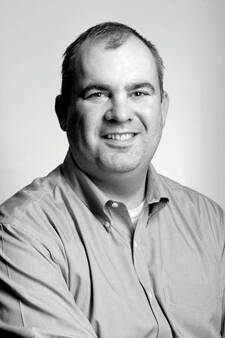Too young to remember the Year of Three Popes in 1978, I experienced the passing of John Paul II in 2005 as the only papal transition to compare with the dramatic events of this month. A jones for some sense of the history of such transitions drove me to the dusty back aisles of the library for accounts of the election of Paul VI in the summer of 1963, smack-dab in the midst of the Second Vatican Council. One should not embark on such a search, I soon learned, unless steeled for some melancholy at the lost art of religion reporting.
A cover story in Time (6/7/63) on John XXIII’s death noted that the French clergy referred to Cardinal Giovanni Montini, the future Paul VI, as “Le Dauphin,” the presumed heir apparent. Another cover story three weeks later, shortly after Montini’s election, offered an appraisal of the new pope that would prove eerily prescient during his reign: “a Hamlet.”
Hamlet? Le Dauphin? In long stories accompanied by detailed analyses, journals both religious and secular turned in high-level reporting that summer that sometimes got the details wrong, but did so with a level of erudition lost to their present-day heirs. How did we go from this to breathy takes on Benedict’s love of red shoes or analyses of how the ex-papal cats would fare in their new surroundings?
In fairness, no one who has spent any time in religious journalism will claim that covering events like a papal transition is an easy task, for the oft-byzantine particulars of religious practice and belief can be almost impossible to communicate effectively in, ahem, layman’s terms. How does one parse millennia-old dogmas, after all, for a culture where (according to Britain’s Catholic Herald) a vendor of religious goods publicly offers both unadorned crosses and “the one with the little man on it”? Or explain theological controversies to a world where, a professor tells me, a Catholic university student turns in a paper on Calvin’s “Doctrine of Double Penetration”? The philistines aren’t just at the gate; they’ve carried off the Ark itself.
In the interest of full disclosure, I admit I might not have known the significance of the term dauphin were it not for a terrible Leonardo DiCaprio movie in 1990 about Louis XIV; similarly, I long thought that Macbeth, not Hamlet, was the Shakespearian protagonist prone to tormented bouts of indecision. But perhaps that is exactly the point about the level of discourse—can anyone point to a religion story in a popular news journal in 2013 and admit it occasioned an embarrassed trip to the bookshelf?
The cover of Time for the week of March 11, when the cardinals were meeting in Rome, by the way, was of an Olympic athlete imprisoned on murder charges. For reasons suspected but not entirely understood, he is not wearing a shirt.
Of course, we have heard this song before, that all history is a tale of degeneration. Italians even have a saying for it: “<\#000>Si stava meglio quando si stava peggio” (“Things were better when they were worse”). We all, journalists included, have some devotion to the Golden Age fallacy, the notion that anything honorable or well-made declines in quality over time. It is hard to avoid because everyone suffers from the “affective heuristic,” a tendency to put sepia tones around the past in order to color over the unpleasant bits. And there’s plenty in those old stories that can be unpleasant, or simply boring. This very journal once ran a column called “Ecclesial Notes” that was little more than a catalog of episcopal appointments and transfers. Some time spent with these stories can make any reader wonder if there might be some more color allowed to the enterprise, or mention of papal cats.
In the end, there is much to be said for real experts. When the current media frenzy over the papacy dies down, the work of religion reporting can return to those wielding more expert pens, and hastily reassigned writers from the business and gossip beats will return to their own specialties. In the meantime, one hopes they will navigate the steep learning curve a bit more rapidly. The sooner the better. A former editor of this journal tells me he once fielded a call from a reporter who had previously quizzed him at length about papal history. “This first pope, Peter,” asked the reporter, “Can you tell me his last name?”








